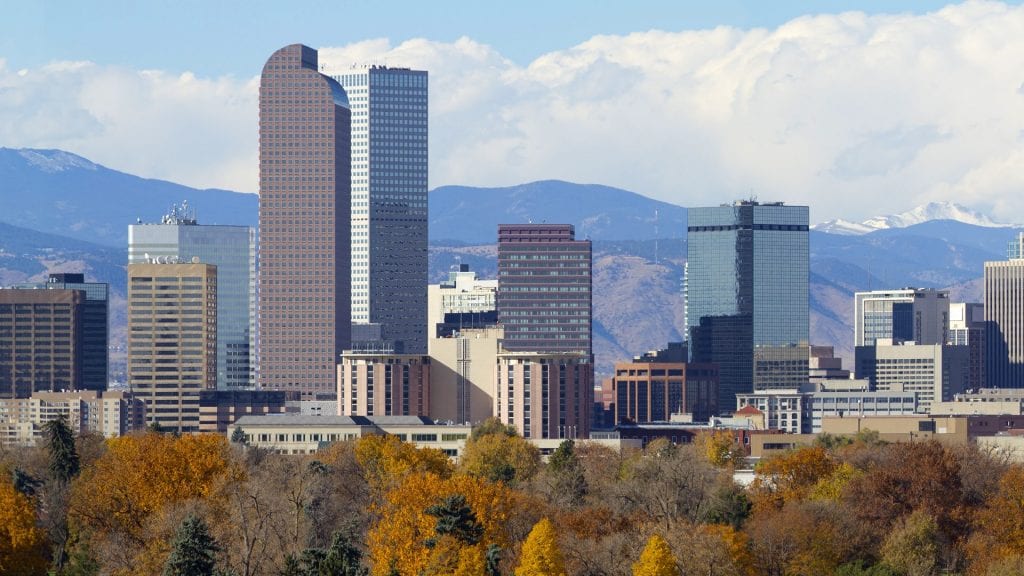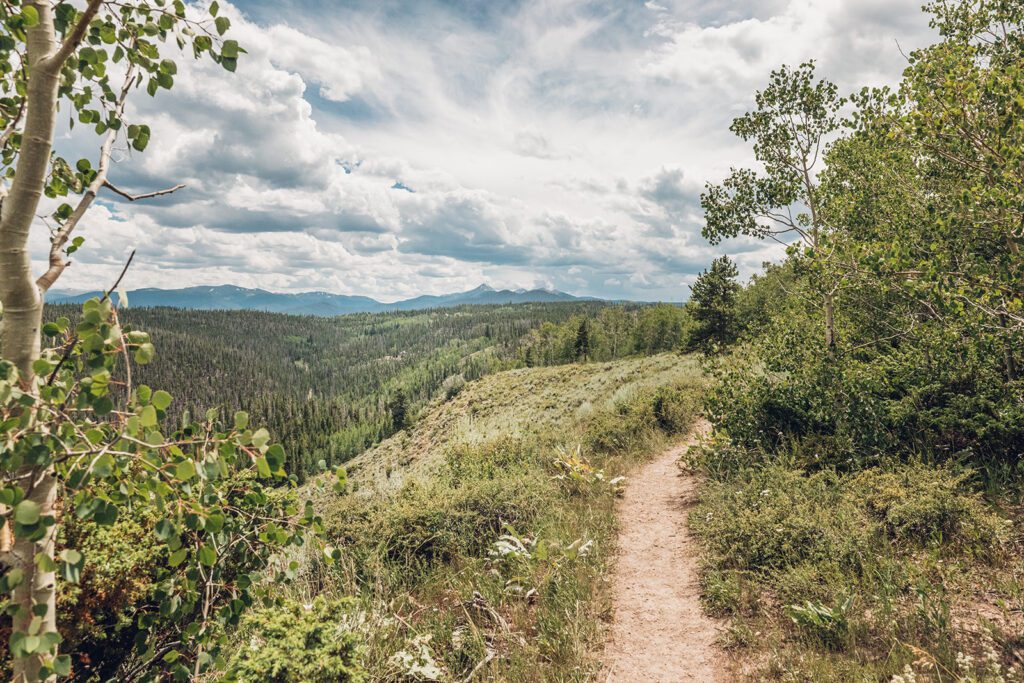If you’ve lived in Colorado for any length of time, or even if you’ve just visited, you know why Coloradans love it here! Whether it’s the friendly people or the stunning scenery, there is an intangible je ne sais quoi that makes people want to move here and then never want to leave.
However, if you need reasons that are a little more tangible for relocating to this great state, Dr. Paul J. Kozlowski, a professor emeritus of business economics and finance at the University of Toledo, provides some great insights into the growth of Colorado and its metro areas.
When you do decide to make the move to Colorado, Corken + Company is here to help you find a place to call home!
Growth of Colorado: The Metro Surge
Written By: Paul J. Kozlowski*
Colorado is the eighth largest state in land area in the nation. It is a widely recognized high-altitude adventure land with tourist attractions in all seasons. The Colorado activity index from the Federal Reserve Bank of Philadelphia, which includes nonfarm payroll employment, the unemployment rate, average hours worked in manufacturing, and wages and salaries, is up 62% since 2000, reflecting a prosperous state economy. Population rose at twice the national rate since the 21st century began.
The state’s large land area masks the fact that 88% percent of residents live in seven metropolitan statistical areas (MSAs), defined by the U.S. Office of Management and Budget as geographic areas consisting of counties with at least one urbanized area of 50,000 or more people plus adjacent counties having a high degree of social and economic integration as measured by commuting ties. Colorado’s metro areas, shown in table, range in size from the large Denver-Aurora-Lakewood MSA with nearly 3 million residents to the smaller Pueblo MSA with about 166,000 residents. Only 17 of Colorado’s 64 counties classify as metro. Businesses cluster in these metro locations, accounting for 82% of establishments and 88% of employment in the state. Has activity surged in the metro locations? Let’s check trends this century.
Growth of Colorado Statistics:
| Colorado Metropolitan Statistical Areas |
Number of Counties | Largest County | MSA Share of State Population(percent) | MSA Share of State Employment (percent) | Share of MSA Private Business Establishments* (percent) |
| Boulder | 1 | Boulder | 5.8 | 7.1 | 7.8 |
| Colorado Springs | 2 | El Paso | 12.9 | 10.8 | 10.4 |
| Denver-Aurora-Lakewood | 10 | Denver | 51.9 | 55.0 | 51.6 |
| Fort Collins-Loveland | 1 | Larimer | 6.1 | 6.2 | 6.1 |
| Grand Junction | 1 | Mesa | 2.7 | 2.4 | 2.4 |
| Greeley | 1 | Weld | 5.4 | 3.9 | 3.7 |
| Pueblo | 1 | Pueblo | 3.0 | 2.3 | 1.7 |
| Total State MSAs | 17 | Denver | 87.8 | 87.7 | 82.0 |
Sources: U.S. Census Bureau and U.S. Bureau of Labor Statistics, 2017. *Does not equal total due to rounding.
Population.
Colorado’s population is up 1.3 million from 2000, with 94% occurring in the MSAs. In addition, Denver-Aurora-Lakewood MSA accounted for more than one-half of that gain, with large additions in Douglas (155,032), Adams (152,138), Arapahoe (151,411), and Denver (148,301) counties. The biggest addition took place in El Paso County (179,493). Smaller, Greeley MSA had only 4.2% of the state’s residents in 2000 but its population jumped by about 120,000, or 67%, since 2000, all in Weld County.
Employment.
Ninety-two percent of the 445,000 rise in employment occurred in MSAs. Expansion in the Denver-Aurora-Lakewood MSA is the largest at 250,400. Sizable relative gains did happen elsewhere. For example, the Greeley MSA, with only 3% of Colorado’s employed in 2000, accounted for 8% of the job expansion through 2017. Experience in the Fort Collins-Loveland MSA is similar. Since the end of the Great Recession in 2009, Greeley, Fort Collins-Loveland, and Denver-Aurora-Lakewood have been the top-3 job-growth MSAs, the first two growing at more than twice the national rate.
Construction.
Thriving locations drive demand for housing. The U.S. Federal Housing Finance Agency’s Colorado house price index is up 67% from its recession low. While comparable metro increases display wide variation, all exceed the 34% national rise during this building expansion.
Metro House Price Increases: 2011-2018
- Greeley 80%
- Denver-Aurora-Lakewood 80%
- Boulder 69%
- Fort Collins-Loveland 66%
- Colorado Springs 44%
- Pueblo 36%
- Grand Junction 35%
The state’s ongoing economic upswing includes a metro building surge. Over the last eight years, MSAs accounted for 98% of housing permits issued. While Greeley, Colorado Springs, and Fort Collins-Loveland MSAs experienced considerable building action, the large Denver-Aurora-Lakewood MSA surpassed activity elsewhere. Denver County itself, for example, accounted for nearly one-third of the state’s increase in housing permits. Construction employment rose accordingly. The fastest growth of Colorado happened in the Greeley MSA (83%), Fort Collins-Loveland MSA (33%) and Denver-Aurora-Lakewood MSA (33%).
Conclusion
Colorado has experienced numerous phases in its history. The state’s natural resources, recreation areas and weather, combined with a highly educated, growing metro population, provide attractive features for future development. It turns out the 21st century is shaping up as a significant metro development phase, with housing, infrastructure, amenities and education likely to reign as top priorities going forward.
Credits:
*Dr. Paul Kozlowski, long time Corken + Company client, is professor emeritus of business economics and finance at the University of Toledo and has served as an advisor to business and government organizations for over forty years. He is past-president of the Mid-Continent Regional Science Association and his articles appear in a variety of economic journals and books. He holds a Ph.D. in economics from the University of Connecticut and lives in Denver.





